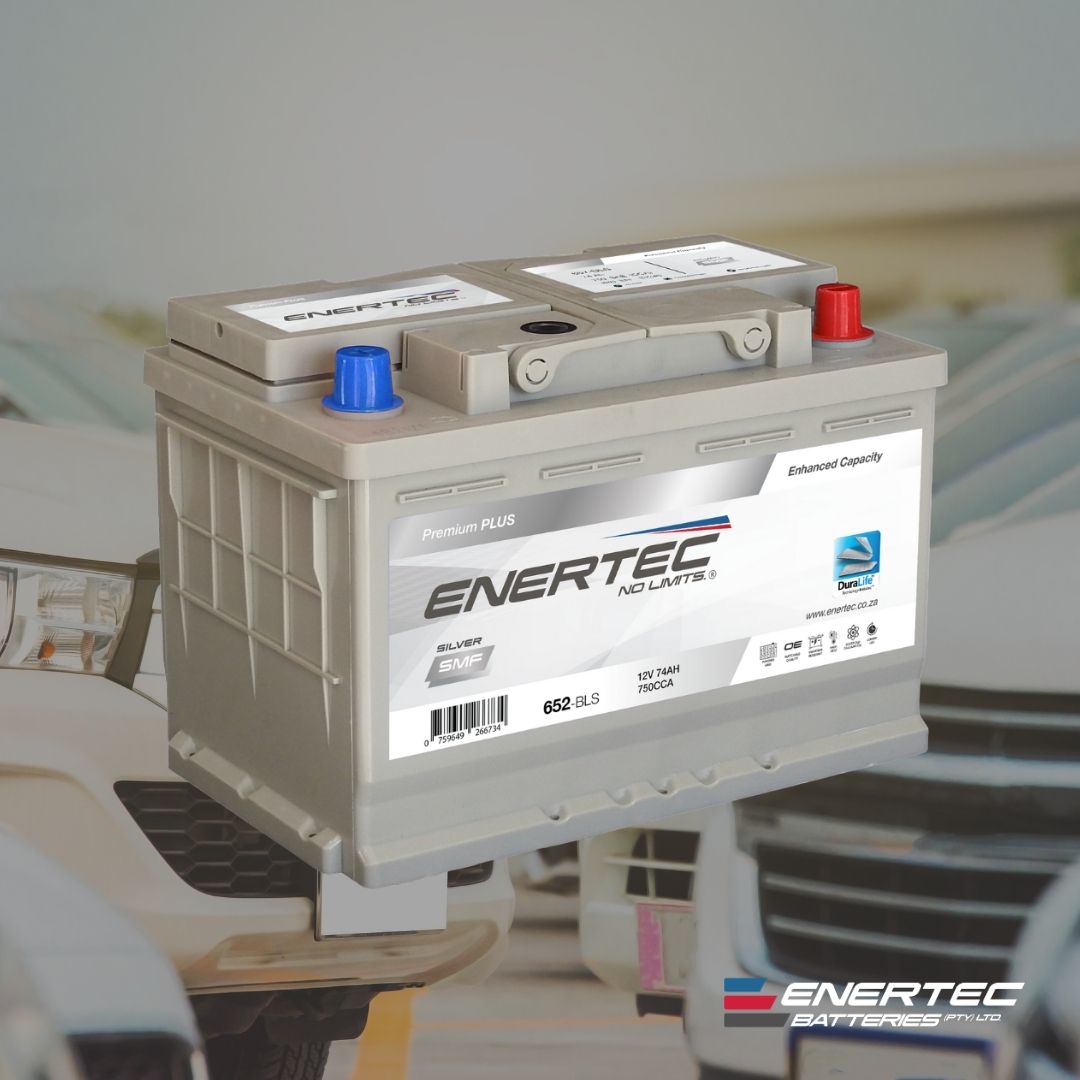2025-03-24 12:26:06
How to calculate what size Solar System you'll need for your home
As solar energy becomes more affordable and accessible, many homeowners are considering solar power as a sustainable solution for reducing electricity bills and lowering their carbon footprint.
However, one of the most important steps before installing a solar system is determining the correct size for your home. Installing the right size system ensures optimal efficiency, energy savings, and long-term returns on your investment.
Steps to calculate the appropriate size solar system for your home
Step 1: Determine Your Energy Usage
The first and most crucial step is to understand your current energy consumption. This is measured in kilowatt-hours (kWh). The average household in South Africa, for example, consumes around 900–1,200 kWh per month, but this can vary greatly depending on the size of the home, the number of occupants, and lifestyle habits.
To find out how much energy you use, refer to your electricity bills. Most bills provide a monthly or even yearly summary of your usage in kWh. If your bill does not provide this data, you can calculate your daily, monthly, and yearly consumption by reviewing past records or using a smart meter to track energy usage.
Formula to calculate average monthly usage:
Total kWh consumed per year ÷ 12 months = Average monthly kWh usage
Step 2: Assess the Available Sunlight in Your Area
Solar panels generate electricity based on the amount of sunlight they receive. Therefore, the location and available sunlight in your region will play a critical role in determining the size of the system you need.
On average, a home in sunny regions such as Gauteng or the Western Cape can expect around 4.5 to 6 hours of effective sunlight per day. In less sunny areas, this number may be lower. It’s essential to use the peak sunlight hours to calculate how many solar panels will be needed to produce the desired amount of electricity.
Key concept: Peak sunlight hours (PSH)
The term "peak sunlight hours" refers to the number of hours per day when sunlight intensity is strong enough to produce the maximum amount of electricity.
You can consult local solar irradiance maps or online solar calculators to estimate the peak sunlight hours in your area.
Step 3: Calculate the Size of the Solar System
Now that you have an estimate of your energy consumption and know the average sunlight in your area, you can calculate the size of the solar system required.
Formula to calculate solar system size:
System size (kW) = Average daily energy usage (kWh) ÷ Peak sunlight hours (PSH)
For instance, if your household uses an average of 30 kWh per day and you receive 5 peak sunlight hours per day, the equation would be:
System size = 30 kWh ÷ 5 PSH = 6 kW
This means you would need a 6 kW solar system to cover your daily energy needs.
Step 4: Factor in Energy Efficiency and Future Needs
Before finalising your solar system size, consider making energy efficiency improvements in your home. Upgrading to energy-efficient appliances, using LED lights, and reducing unnecessary energy consumption can lower your overall energy needs, reducing the size of the solar system required.
Additionally, it’s wise to account for future energy needs. For example, if you plan to install air conditioning, a pool pump, or an electric vehicle charging station, you’ll want to ensure your system can handle these extra loads.
Step 5: Choose the Right Solar Panels
Solar panels come in various wattages, typically ranging from 250W to 600W. The size of the solar system you need will determine how many panels to install.
Formula to calculate the number of solar panels:
Number of panels = System size (kW) ÷ Solar panel wattage (kW)
For example, if you need a 6 kW system and are using 300W (0.3 kW) panels:
Number of panels = 6 kW ÷ 0.3 kW = 20 panels
This means you would need 20 solar panels to meet your home’s energy needs.
Step 6: Account for Battery Storage (Optional)
If you live in an area prone to power outages or want to store excess energy for nighttime use, you may want to include battery storage in your system. To calculate battery storage, you need to determine how much energy you’ll want to store and use during the night or during times of low sunlight.
Battery sizes are measured in kilowatt-hours (kWh). For instance, if your home uses 10 kWh during nighttime, you would need a battery that can store at least 10 kWh of energy.
Step 7: Consult a Professional for an Accurate Estimate
While these calculations provide a good estimate of the size of the solar system you’ll need, it's always recommended to consult with a certified solar installer. They can conduct an on-site assessment, take into account shading, roof orientation, and other factors, and provide a customised system that best suits your energy needs.
Conclusion on calculating the size solar system needed for your home
Calculating the right size solar system for your home requires a good understanding of your energy usage, available sunlight, and future energy needs. By following these steps, you can ensure that your solar installation will provide you with the most efficient and cost-effective energy solution.
If you're considering going solar, remember that investing in an appropriately sized system will not only meet your energy needs but also save you money in the long run. For more guidance on solar systems and high-quality solar products, contact Enertec Energy today.



